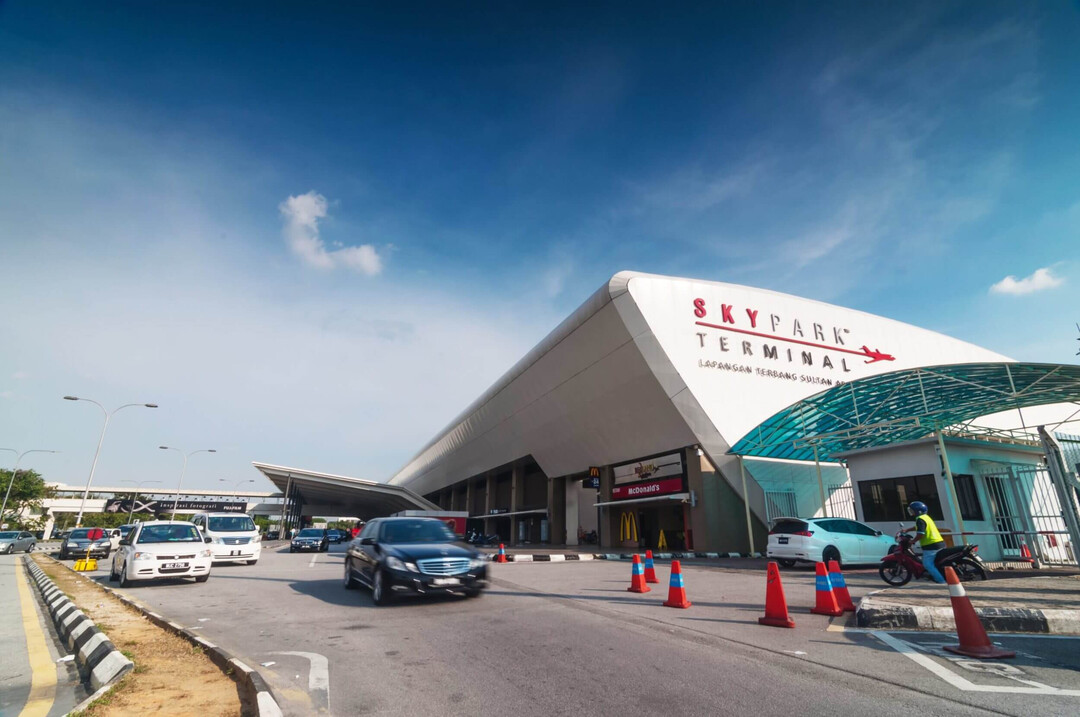
KUALA LUMPUR – AirAsia's recent decision to withdraw its operations from Subang Airport has sent shockwaves through Malaysia's aviation sector, raising serious questions about the viability of the government's ambitious expansion plans. The airport, slated to become a major jet hub handling millions of passengers, now faces a critical juncture without the nation's largest low-cost carrier.
The government's vision of transforming Subang into a high-capacity airport, targeting five million passengers in the near term and eight million by 2030, is now under scrutiny. Independent analyst Brendan Sobie, who has long expressed skepticism about Subang's jet strategy, sees AirAsia's departure as a significant validation of his concerns. "If a cost-conscious airline like AirAsia cannot make the numbers work, it begs the question: who can?" he stated.
Malaysia's domestic aviation market is plagued by overcapacity and fierce price competition, creating a challenging environment for airlines to achieve profitability. AirAsia's exit underscores the possibility that Subang's infrastructure and passenger profile may not align with the demands of budget airline operations.
The void left by AirAsia has prompted speculation about other airlines, such as Firefly, Batik Air Malaysia, Transnusa, and Scoot, potentially filling the gap. However, these carriers will face the same economic realities that drove AirAsia away. This raises the concern that Subang's expansion could become a costly endeavor without a sustainable business model.
Industry experts, including Tan Sri Tony Fernandes, suggest a strategic pivot towards premium and business aviation, mirroring the model of London City Airport. This shift would involve catering to private jets and high-paying travelers. While the entry of Singapore Airlines' Scoot provides valuable international connectivity, it is insufficient to guarantee Subang's long-term success.
The government, having invested heavily in Subang's expansion, must now consider contingency plans. These may include offering incentives to attract new airlines, repositioning Subang as a specialized hub for premium services, or expanding its role in aircraft maintenance and cargo operations.
Without a clear and pragmatic vision, Subang risks becoming an underutilized and expensive asset. As Malaysia navigates this critical phase, it must prioritize market realities over grand ambitions to ensure the airport's future viability. The coming months will be pivotal in determining whether Subang can soar as a successful aviation hub or become a cautionary tale of misaligned strategies.
[Copyright (c) Global Economic Times. All Rights Reserved.]






























